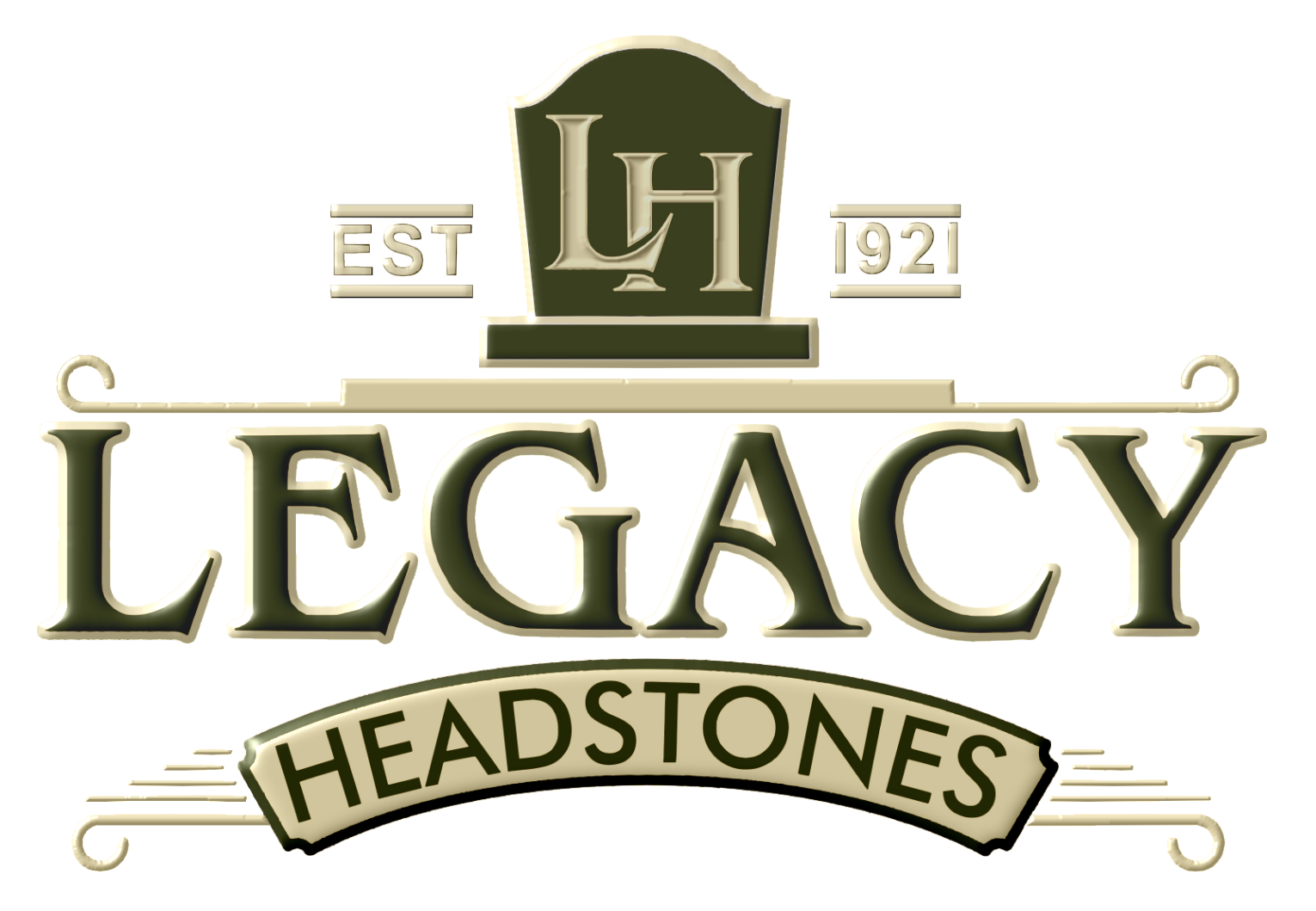What You Need to Know Before You DIY
Placing a headstone for a loved one is a deeply meaningful act—and for some families, taking part in the installation process themselves is part of honoring that legacy. While many cemeteries have strict rules about who can install a monument, it is possible to install your own headstone in certain situations—if done legally and correctly.
Here’s what you need to know before moving forward with self-installation, including legal requirements, cemetery permissions, and safe installation practices.
Legal Authority: You Must Own the Plot
Before you can place a headstone, you must have the legal right to do so. This means holding the Deed of Grant, or an equivalent legal document, proving you are the rightful owner of the burial plot. Without it, even if you're a close family member, you may not be authorized to install anything.
Cemetery Rules Matter
Even if you legally own the plot, most public and private cemeteries have strict rules about:
-
Headstone size, shape, and material
-
Approved designs or religious symbols
-
Who can perform the installation
Some cemeteries allow self-installation with prior approval, while others may require a licensed professional for safety and liability reasons. Always contact the cemetery first and get written approval before placing a monument.
Designing a Compliant Headstone
At LegacyHeadstones, we offer a wide range of high-quality granite headstones that meet or exceed most cemetery requirements. We recommend:
-
Confirming the maximum dimensions allowed and whether needs to be flush with the ground or allowed to be upright.
-
Choosing approved materials (granite and bronze are almost always accepted)
-
Requesting a design proof to share with the cemetery before production
Our team will help guide you through this process to ensure your memorial is fully compliant.
DIY Installation: Proceed with Care
If your cemetery allows it—or if you're installing a headstone on private land such as a home burial site—keep these tips in mind:
-
Use proper lifting equipment: Headstones are heavy and require safe handling.
-
Prepare the foundation: Ensure a level concrete base below frost line, depending on the cemetery’s specs.
-
Follow safety guidelines: Always have 2–3 people on site and use proper anchoring methods.
Note: Improper installation can cause the stone to shift or fall over time, leading to potential damage or even legal issues.
Home Burials & Rural Cemeteries
If you're installing a headstone on private property or in a small, rural cemetery, you may have more freedom to do it yourself. However, always check with local zoning boards to ensure home burials are legal in your area and secure any necessary permits.
Risks of Skipping the Rules
While DIY can be meaningful and cost-effective, skipping required steps can result in:
-
Fines or forced removal of the headstone
-
Legal disputes with the cemetery or family members
-
Safety hazards to visitors or groundskeepers
Always prioritize compliance and safety first.
Why Families Trust LegacyHeadstones
Since 1920, our family has helped thousands of families across America honor their loved ones with beautiful, lasting memorials. Whether you're hiring a professional installer or planning to do it yourself, our team will help you:
-
Design a cemetery-approved headstone
-
Understand your rights and responsibilities
-
Provide shipping, delivery, and installation guidance
We believe in empowering families to make the right choice—with confidence.
Have Questions About Installing Your Own Headstone?
We’re here to help. Contact us anytime to speak with a headstone specialist. Whether you're installing in a cemetery or at home, we’ll guide you every step of the way.

